Optolong narrowband Oxygen O-III 18nm 2.0″ Filter
₹14550 ₹10100
Available on backorder
Top Brands
Country of Origin
Best Used
Optical Design
Mount Type
Aperture
Aperture (mm)
Focal Ratio
Operation
Focal Length(mm)
Sensor Diagonal
Color/Mono
FPS
Mega Pixels
Pixel Size
Side A Thread/Profile
Side B Thread/Profile
Mount By Price
Field Of View(degree)
Eyepiece Type
Magnification
Field Of View(degree)
Eye Relief
Interpupillary Distance (min)
Environmental Protection
Exit Pupil
Optolong narrowband Oxygen O-III 18nm 2.0″
1. Optolong OIII Introduction
Optolong narrowband OIII filter is designed for nebula observation allowing 18nm bandwidth of light centered on a wavelength of 500nm through, which corresponds to OIII emission lines, and reducing the transmission of certain wavelengths of light, specifically those produced by artificial light including mercury vapor, and both high and low pressure sodium vapor lights and the unwanted natural light caused by neutral oxygen emission in our atmosphere (i.e. skyglow).
OIII emits 495.9nm and 500.7nm and it is a blue-green colored filter. Many of images of planetary nebula and supernova remnants are taken only with H-alpha and OIII filters. They show great structural details, but have natural colors, looking like an RGB image.
Main Use
Suitable for visual observation on most emission nebulae, planetary nebulae and supernova remnants.
Suitable for viewing on bright nebulae like M42 Orion Nebula in heavy light pollution.
Use with a large aperture telescope under clear and dark viewing conditions with good seeing.
Narrowband filter do not eliminate the effects of light pollution or increase the object’s brightness. In many cases, they increase the contrast between nebula and night sky, not brightening the nebula.
WARNING: The filters of Optolong are not designed for sun observation. DO NOT LOOK AT THE SUN WITH OPTOLONG FILTER. You would be BLIND if you fail to observe the warning.
2. Optolong OIII Spectrum and Characteristic
- Substrate: Optical glass
- Thickness: 1.85mm
- Tave: T>80%
- Blocking range: 400-700nm
- Blocking depth: light pollution line blocking >99%
- Surface quality: 60/40
- Transmitted Wavefront RMS: λ/4
- Parallelism: 30s
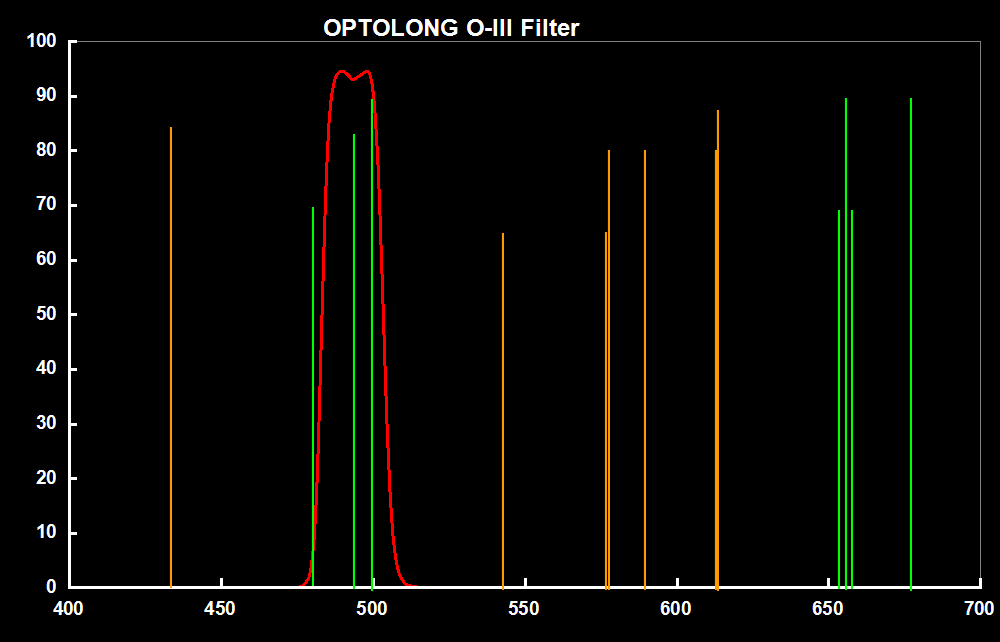
How to read the chart?
▲The horizontal axis is the Wavelength in Nanometers(nm).
▲The vertical axis is transmission in %.
▲The RED line shows the transmission of the OIII filter. Green line shows the emmission of nebula. The artifical emission lines are shown in ORANGE.

| Brand | |
|---|---|
| Warranty |
Only logged in customers who have purchased this product may leave a review.
Questions and answers of the customers
There are no questions yet, be the first to ask something for this product.
Related products
Available on backorder
Available on backorder
Available on backorder
Available on backorder
1 in stock (can be backordered)

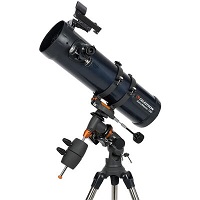

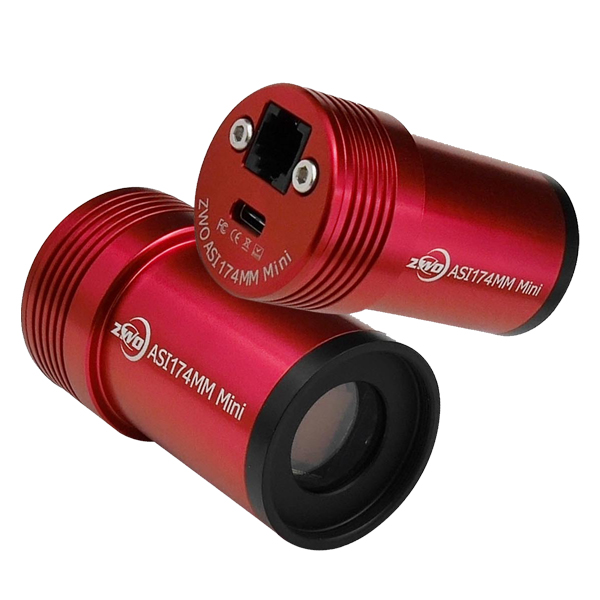
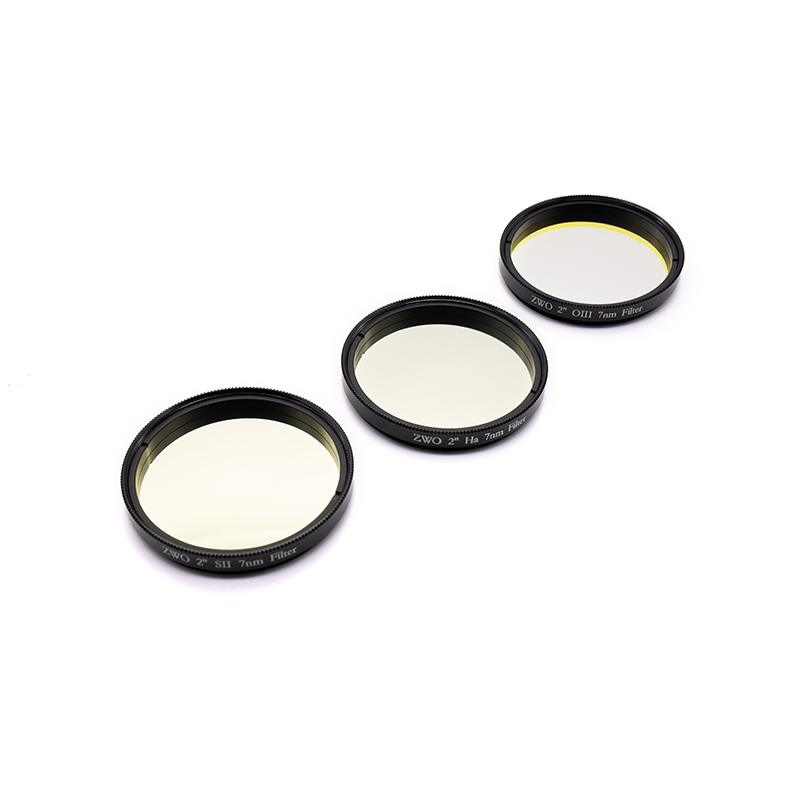

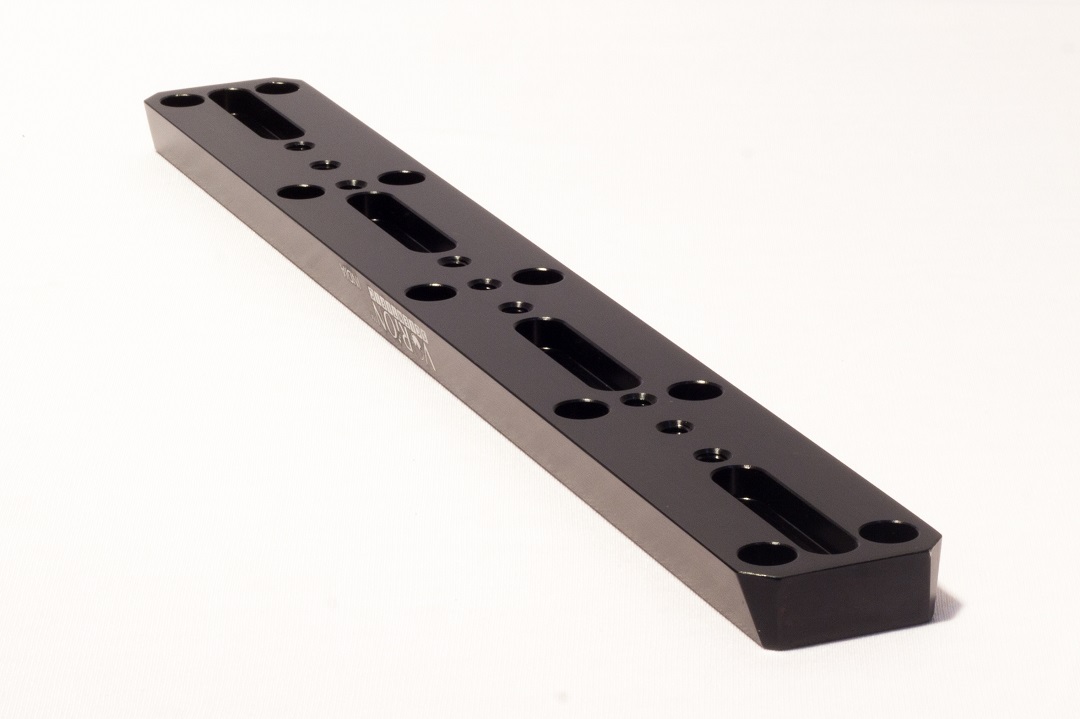
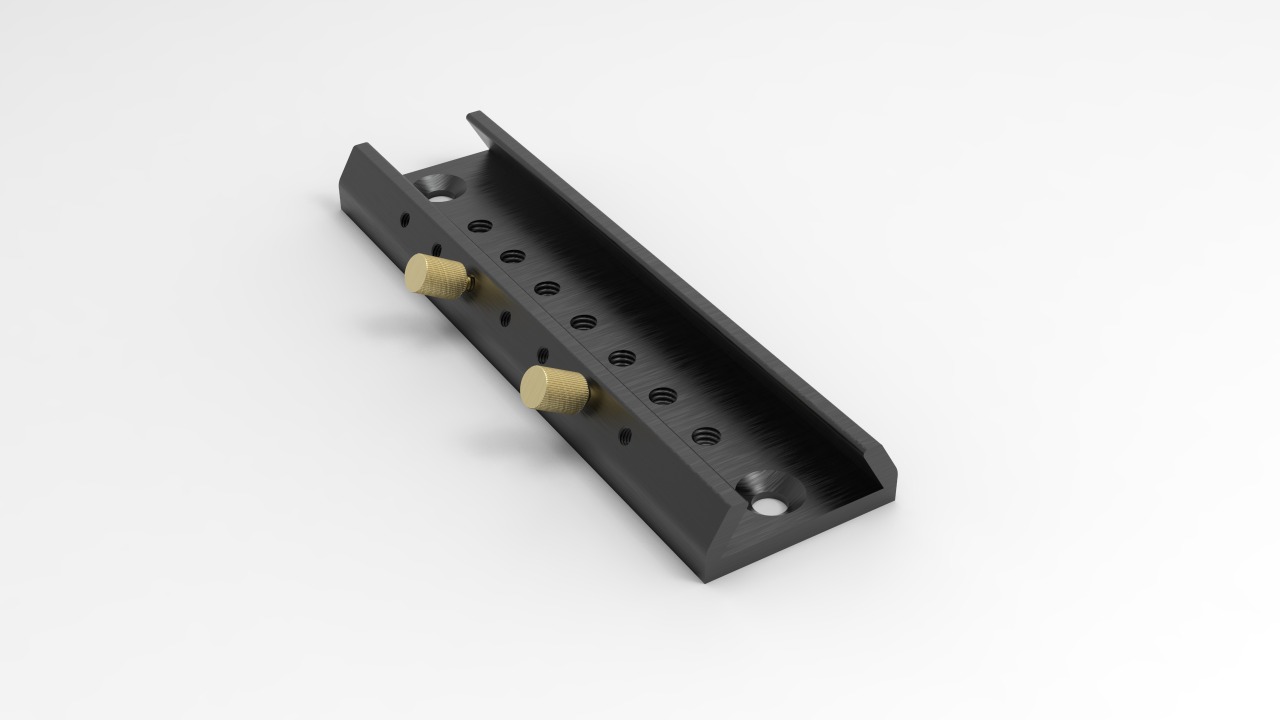
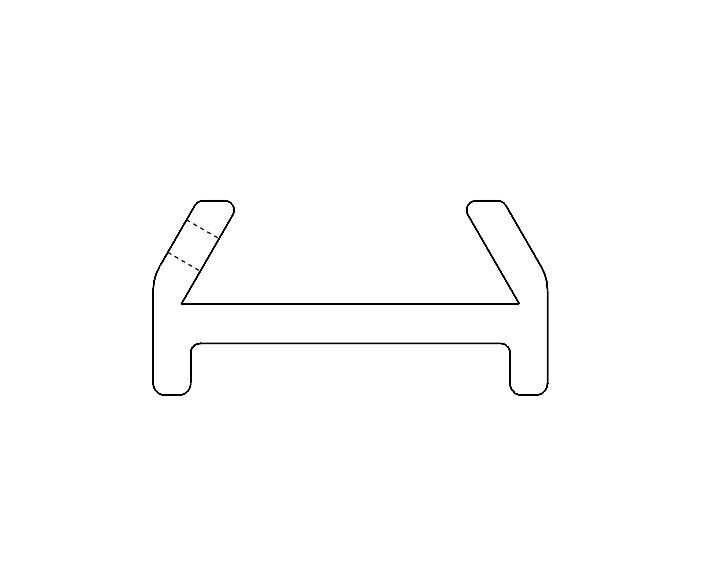
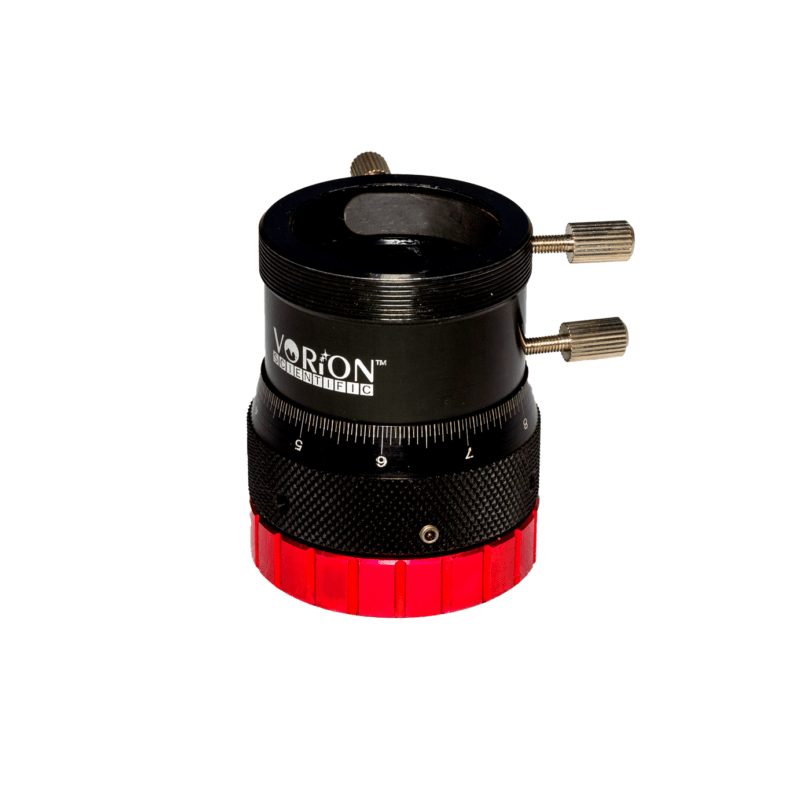
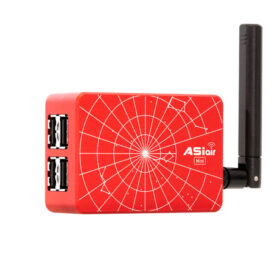
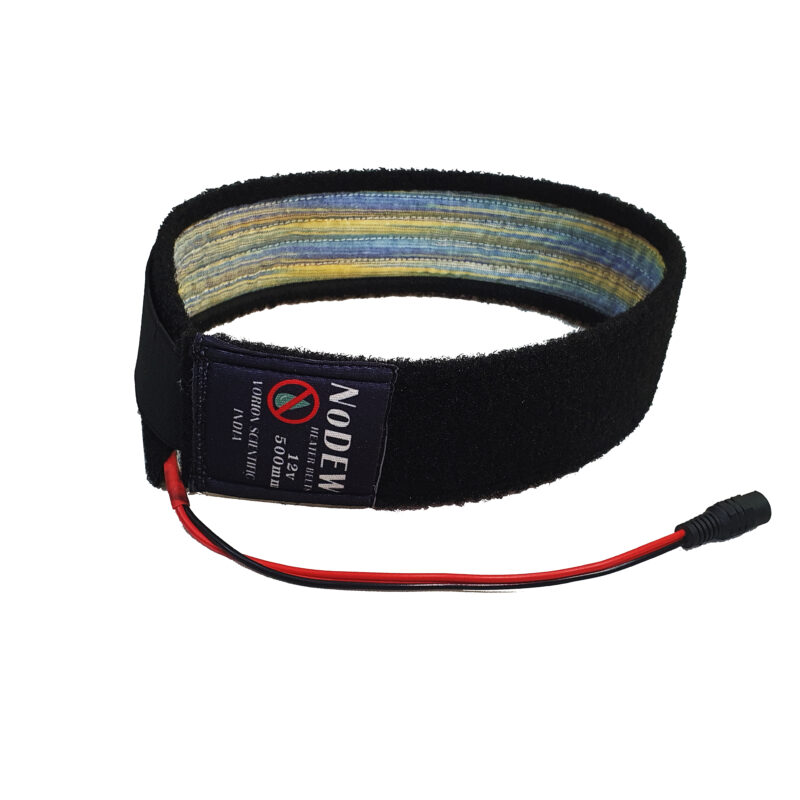
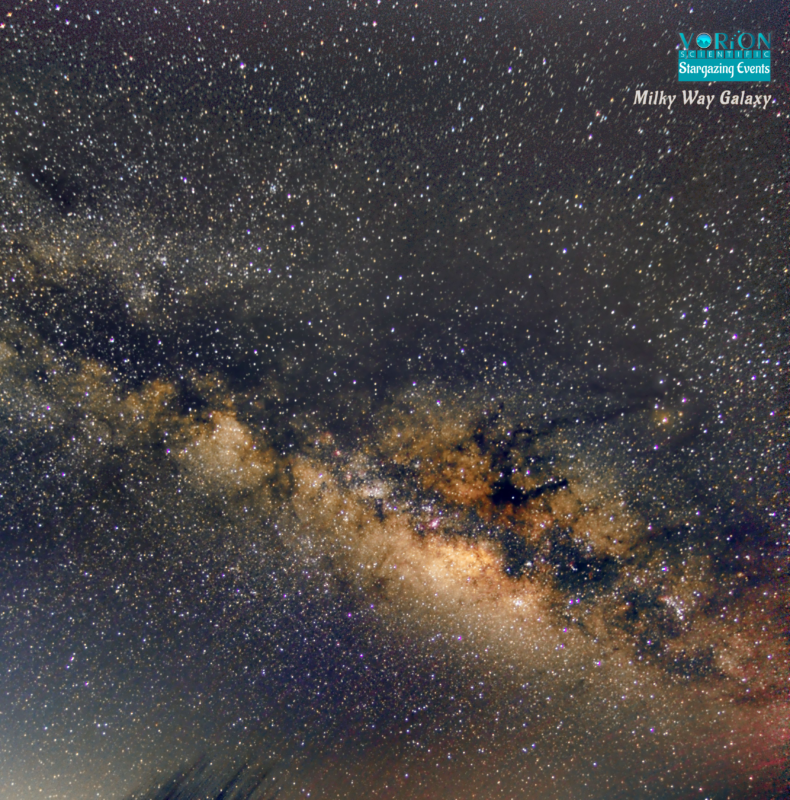
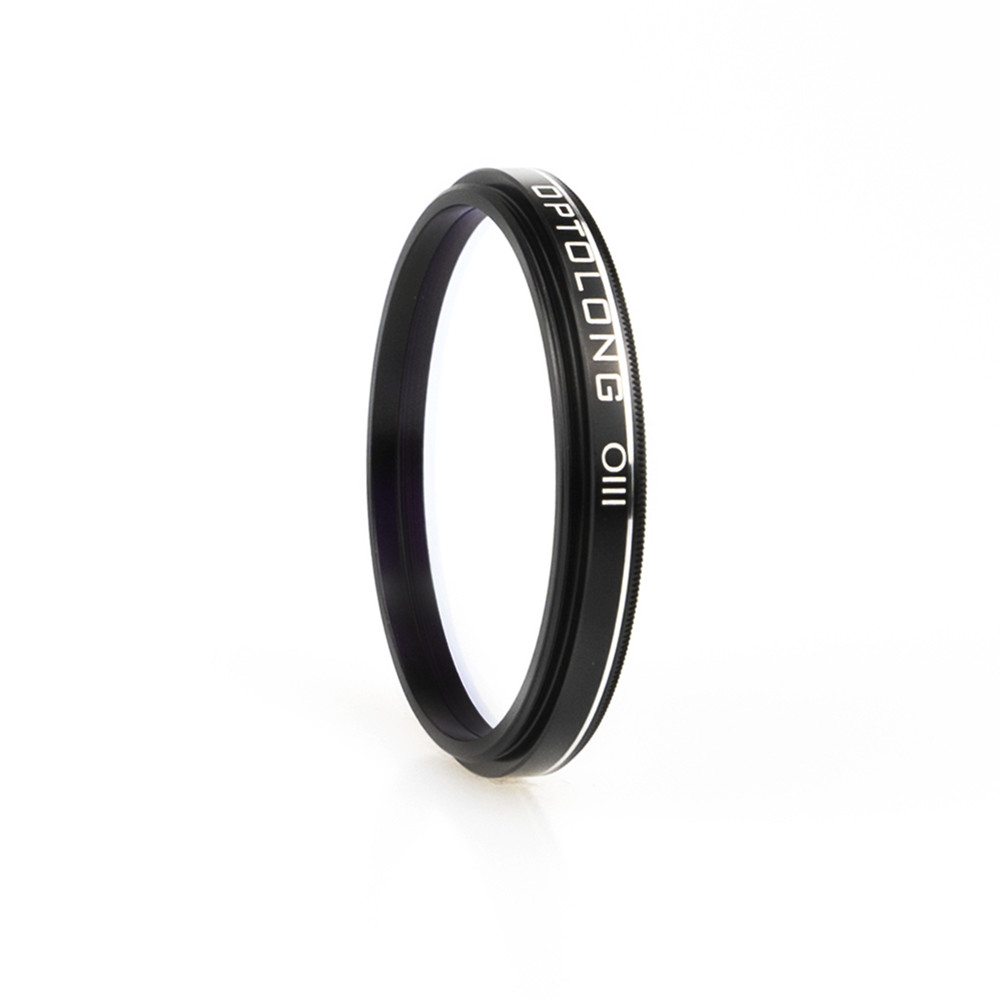
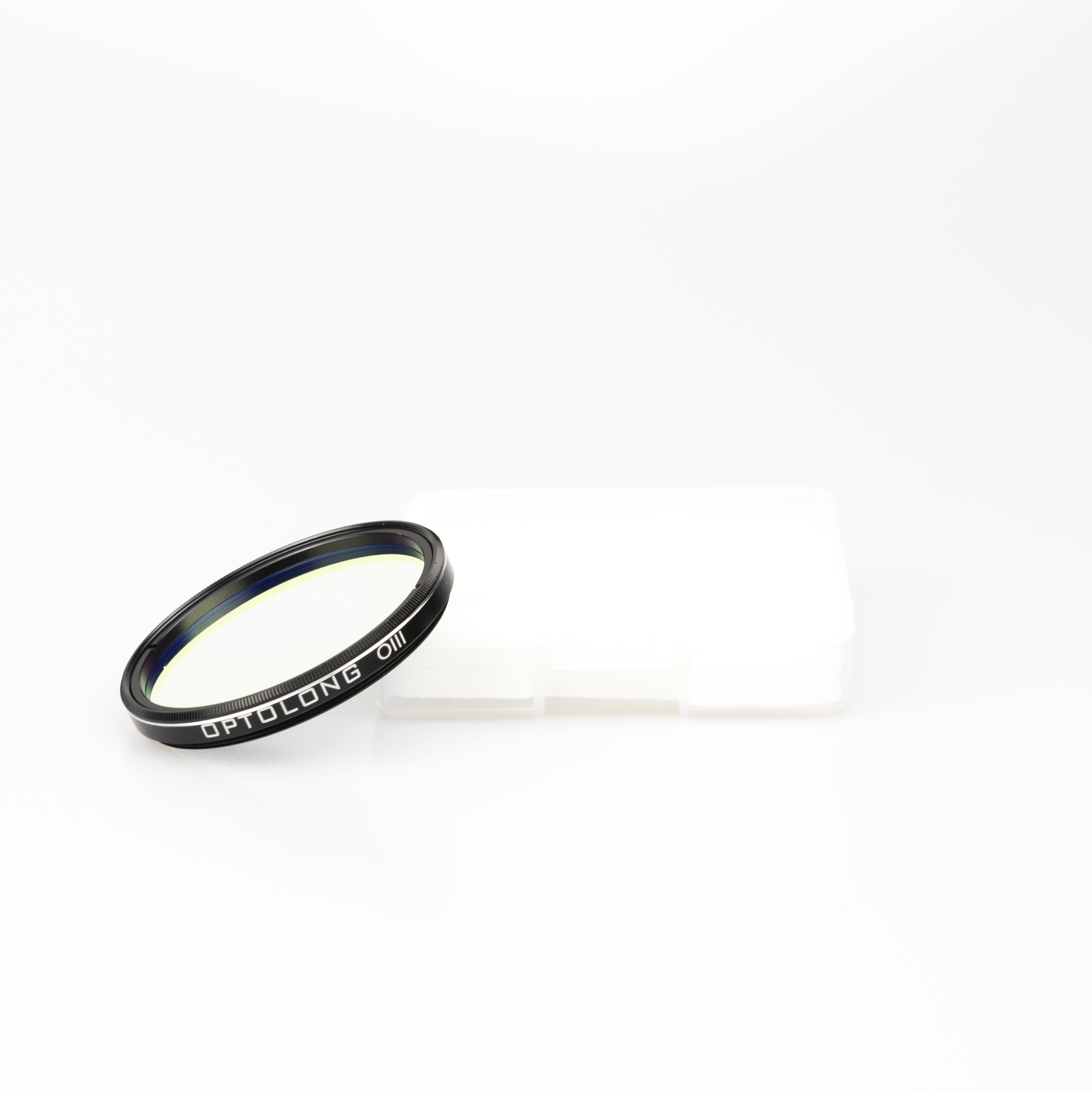
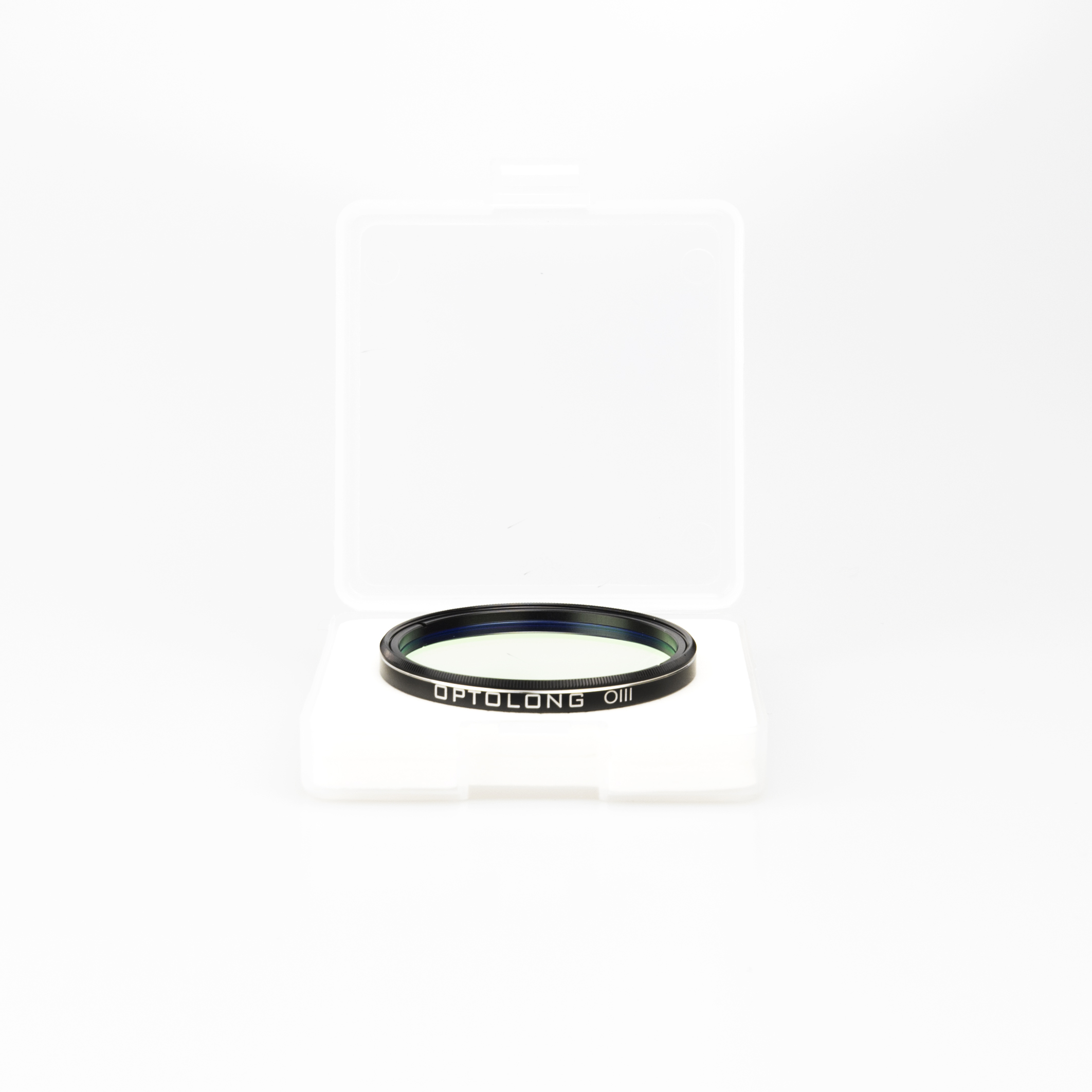
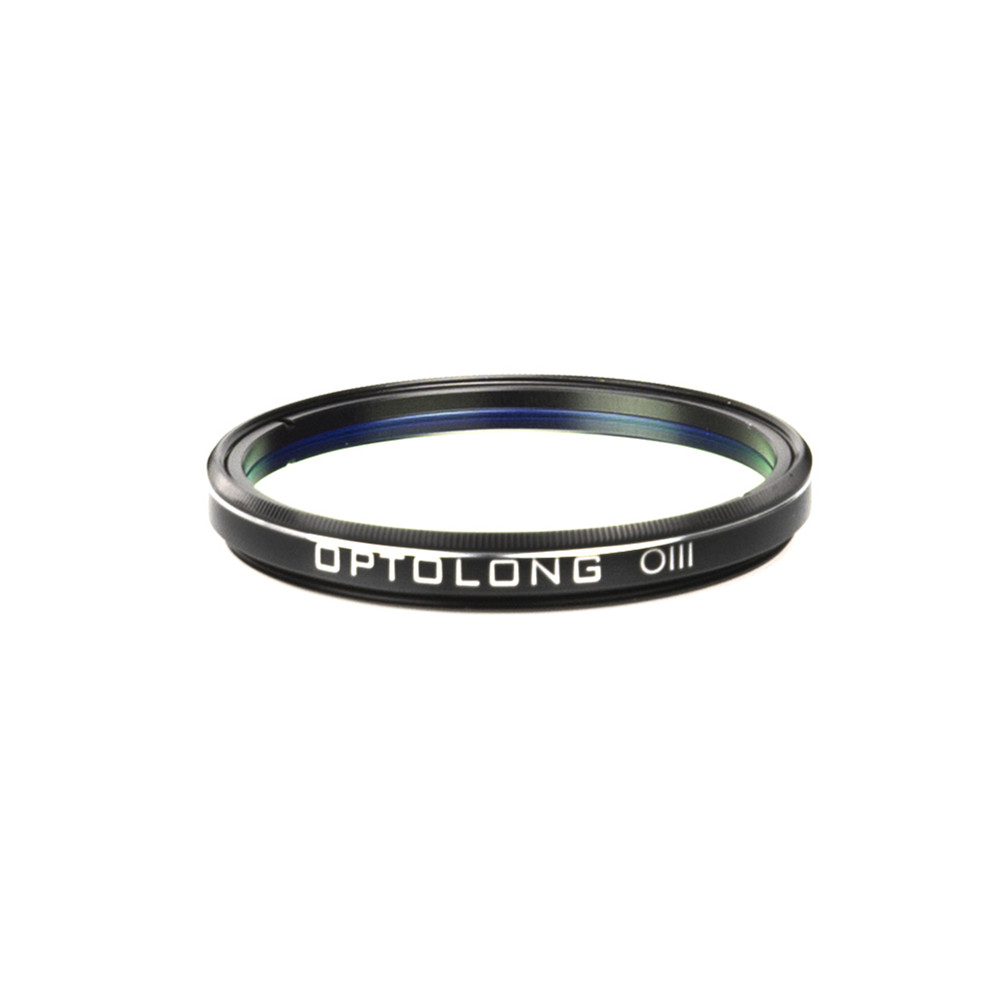

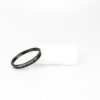
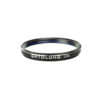
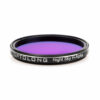
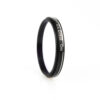

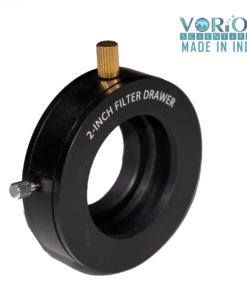
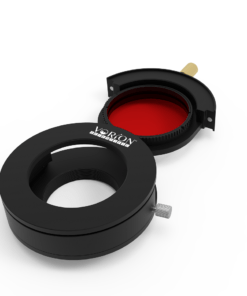
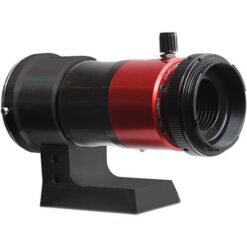
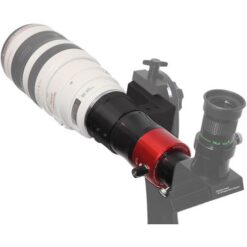

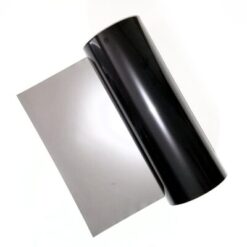
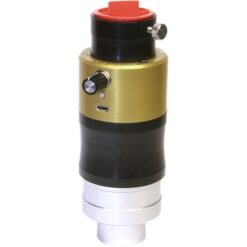
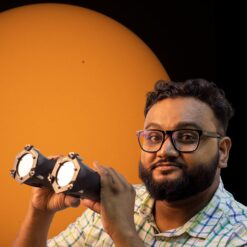
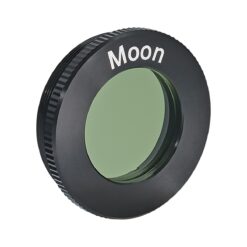
 Astro Shop
Astro Shop
Reviews
There are no reviews yet.